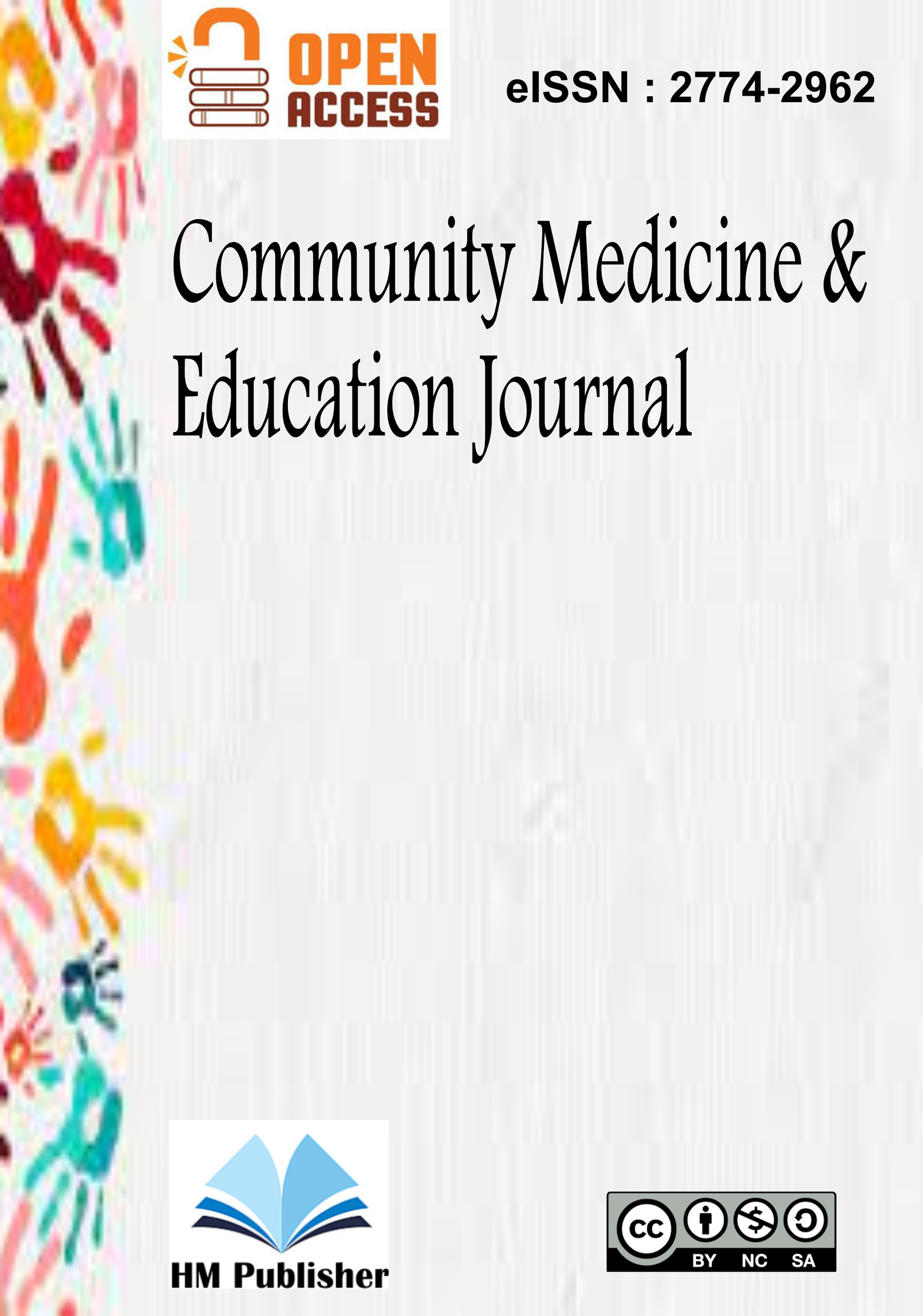Main Article Content
Abstract
Anxiety disorders rank the 9th cause of DALYs, which can have long-term effects. The COVID-19 pandemic can trigger anxiety disorders in children related to changes in learning, habituation of new behaviors, COVID-19 disease itself, and other factors. Detection of anxiety disorders in children needs to be done early so that it can avoid its long-term effects. Screen for Children Anxiety Related Emotion Disorder (SCARED) is a multi-informant instrument that is considered good for screening anxiety disorders in children, so it is necessary to assess its validity and reliability so that it can be used in Indonesia. This study aimed to test the validity and reliability SCARED instrument in Indonesian to measure the tendency of children's Anxiety Disorders. This study was an observational study with a cross-sectional design. Subjects were students of Sekolah Dasar Negeri Kedungsari 5 Magelang (n=220). Content validity test using Pearson product-moment and construct validity test using CFA. Concurrent test with RCMAS using Pearson correlation. Reliability test by calculating the value of Cronbach alpha. The result content validity test showed that all children's versions of SCARED items and parents' versions of SCARED had r counts above r tables. There was concern with the RCMAS and the SCARED children version concurrent with the parent version. Cronbach's alpha value of SCARED child version 0.901 and parent version 0.891. The Indonesian version of SCARED is a valid and reliable instrument to assess the tendency of children's anxiety disorders in elementary school students.
Keywords
Article Details
As our aim is to disseminate original research article, hence the publishing right is a necessary one. The publishing right is needed in order to reach the agreement between the author and publisher. As the journal is fully open access, the authors will sign an exclusive license agreement.
The authors have the right to:
- Share their article in the same ways permitted to third parties under the relevant user license.
- Retain copyright, patent, trademark and other intellectual property rights including research data.
- Proper attribution and credit for the published work.
For the open access article, the publisher is granted to the following right.
- The non-exclusive right to publish the article and grant right to others.
- For the published article, the publisher applied for the Creative Commons Attribution-NonCommercial-ShareAlike 4.0 International License.





